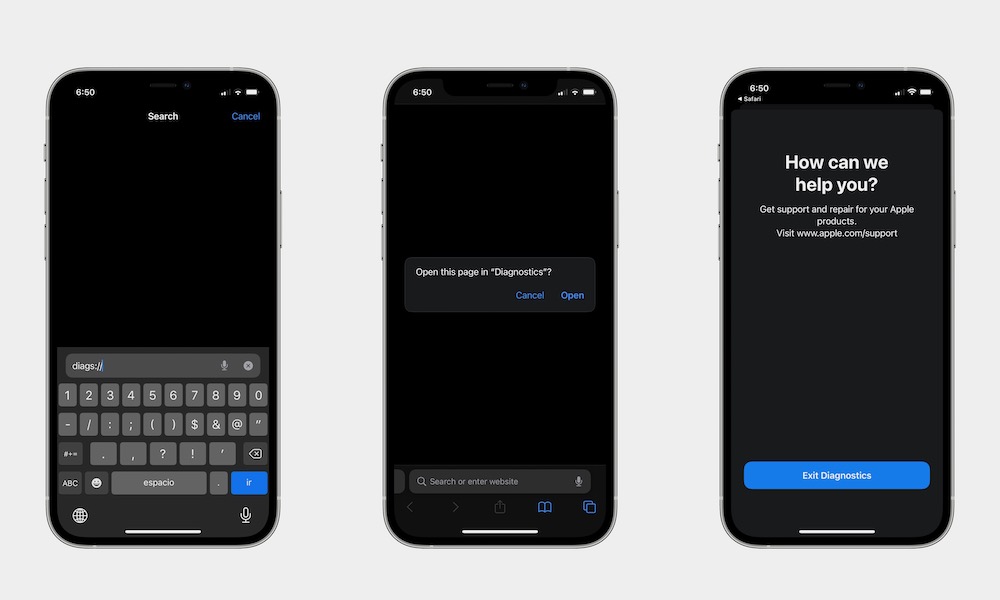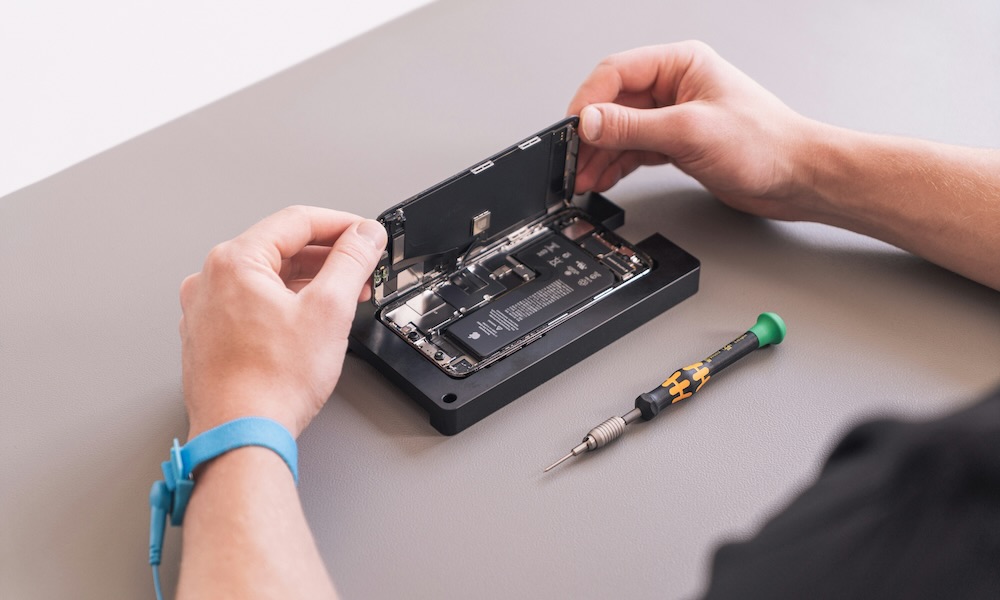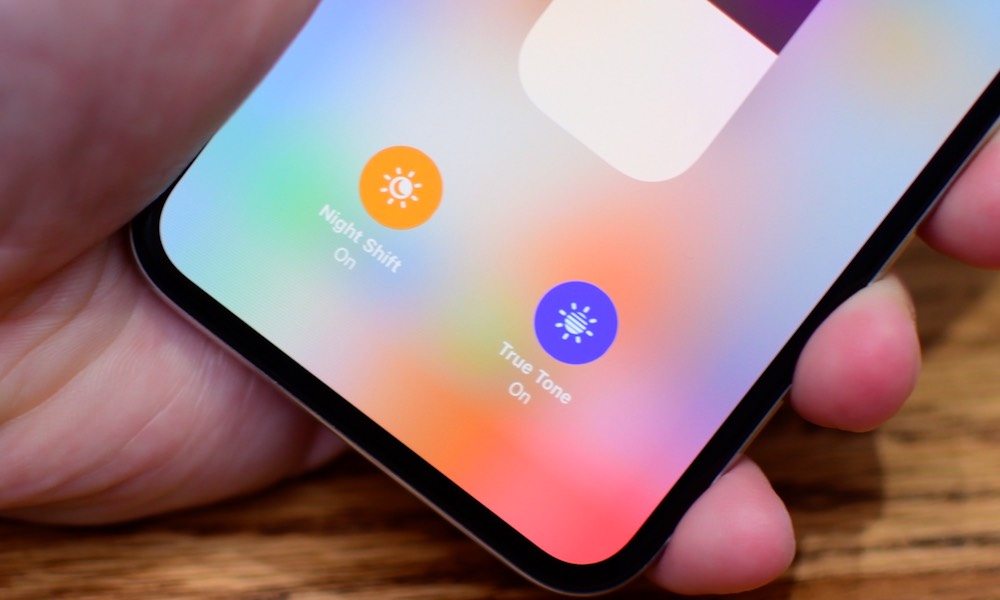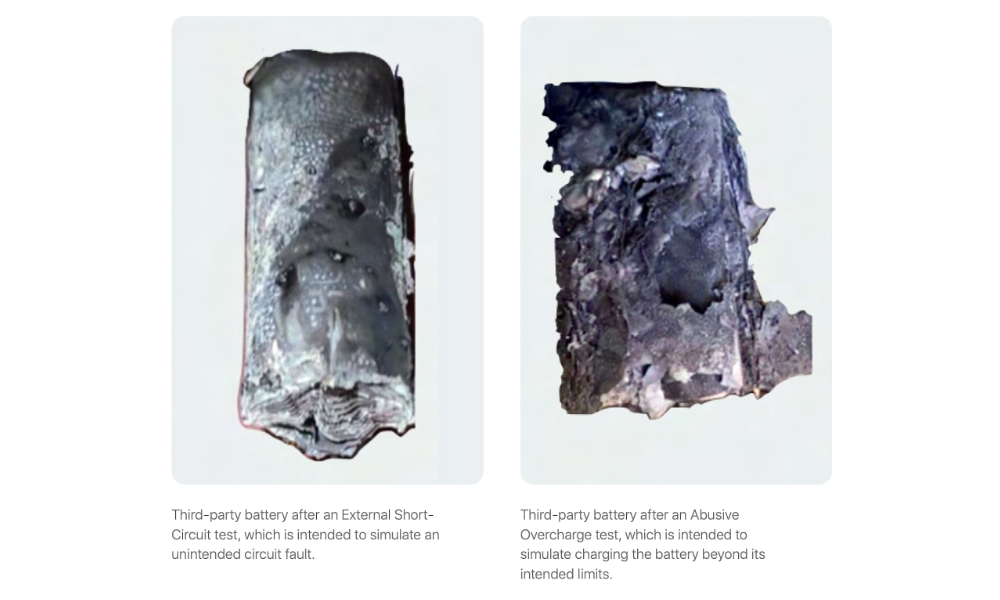Apple Expands iPhone Diagnostics Tool to Europe and Embraces Third-Party Displays and Batteries
 Jesse Hollington / iDrop News
Jesse Hollington / iDrop News
Toggle Dark Mode
Apple is finally expanding its self-service repair diagnostics tool beyond US borders. This week, the company announced that the software tool is now available in 32 European countries, with Canada expected to become the 34th sometime next year.
It’s unclear why folks in the Great White North will need to wait until 2025, but this week’s rollout still marks a massive expansion of the program, and it’s not just the 27 European Union countries but also others like the UK and Switzerland.
Although Apple brought its Self Service Repair program to most of Europe last year, it lacked a critical component: Apple’s Diagnostics tool, which helps customers figure out what kind of repairs their iPhone requires. As Apple explains:
Diagnostics gives users the same ability as Apple Authorized Service Providers and Independent Repair Providers to test products for optimal parts functionality and performance, and it helps identify which parts may need repair.
Just like when you take your iPhone to an Apple Store or Apple Authorized Service Provider (AASP), the self-serve diagnostics software can be used to identify where the problem is on your iPhone. It checks all aspects of your device, including some you may not even know about, and will help ensure you order the right parts if you’re going to conduct a do-it-yourself repair — or whether you should even bother.
This is understandably a significant step toward using Apple’s Self Serve repair program for anything but the most obvious problems. While you don’t need a diagnostic tool to tell you that your screen is cracked, it might still let you know if other components, like the Face ID sensor or eSIM, have also been damaged.
Apple’s Self Serve Repair program began in 2022, supporting only a handful of iPhone models. It’s since expanded to support 42 Apple products, including the latest M3 MacBook Air family and the Apple Studio display, although it has yet to come to the iPad.
Supporting Third-Party Parts
Apple is also relaxing its restrictions on replacing screens and batteries with non-genuine Apple parts — third-party replacements not made by Apple.
Earlier this year, Apple announced a new policy for allowing iPhone repairs to be performed with used parts by adding an Activation Lock feature for individual components to allow parts to be used legitimately for more affordable repairs without opening the floodgates to stolen phones being sold for parts. Now, it’s also embracing third-party parts — sort of.
In a new white paper, Longevity, By Design, Apple explains how it will do its best to support features like True Tone and battery health when non-genuine screens and batteries are used rather than just assuming these features won’t work and disabling them entirely.
For instance, replacing your iPhone screen with a third-party display traditionally breaks the True Tone feature. Apple says that’s because True Tone “requires precise calibration to function properly,” and it doesn’t “have calibration data for third-party parts.”
True Tone requires precise calibration to function properly, and it is not possible to engage a default calibration for third-party displays, which can result in unexpected behavior. For this reason, Apple disables the True Tone feature when third-party displays are used, but enables all other aspects of the display.
However, Apple will now do its best to make True Tone work, leaving it up to the customer who opts for a third-party display to decide whether they like the results rather than assuming things will turn out badly.
In an effort to offer more complete support for third-party parts, starting later in 2024, Apple will allow consumers to activate True Tone with third-party parts to the best performance that can be provided. They will be able to deactivate True Tone in Settings if the display does not perform to their satisfaction.
Apple is taking the same approach with third-party batteries, displaying estimated health metrics with a disclaimer:
Currently, battery health metrics such as maximum capacity and cycle count are not presented to consumers whose devices have third-party batteries. This is because the accuracy of these metrics cannot be verified by Apple. In fact, an Apple internal analysis has found that some third-party batteries sold as new are actually secondhand, with battery health metrics manipulated to appear as new. In an effort to improve support for third-party batteries, starting later in 2024, Apple will display battery health metrics with a notification stating that Apple cannot verify the information presented.
As with True Tone, Apple has decided it’s better to let the customer make the call and inform them rather than try to play nanny. If a customer wants to select a substandard third-party battery to save money, they’ll have to live with poor metrics rather than none at all. Still, customers who choose a quality replacement cell should get reasonably accurate numbers.
However, Apple also makes it clear that customers should be extremely careful when selecting third-party batteries, as many are seriously unsafe. We’ve highlighted some incidents of this in the past, but now Apple is sharing some statistics on how severe the problem is:
[In a UL Solutions study], 33 brands of third-party batteries were sourced from North America, China, and Europe, and multiple samples of each were tested to local battery safety standards, culminating in over 1,200 test results. The study included a range of tests from short circuiting at varying temperatures to behavior in low pressure environments. UL found that 88% of the batteries caught fire or exploded in at least one of the tests that OEM batteries are required to pass. For the batteries sourced in North America, 100% had at least one test failure resulting in smoke, fire, or explosion.
Apple goes on to say that this is why Apple Stores and AASPs only use genuine Apple parts that have been “rigorously engineered and tested to meet our standards.” However, while it recommends that customers do the same, it’s less willing to force the issue in the face of mounting consumer complaints and right-to-repair legislation being passed throughout the US and Europe.












